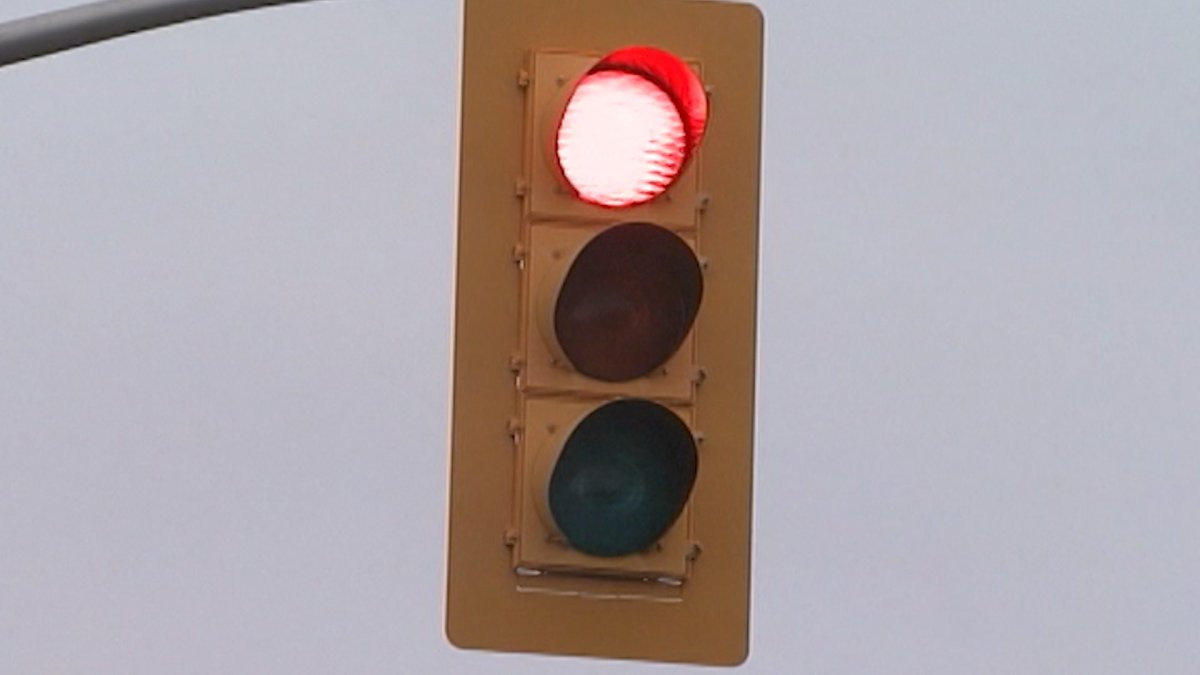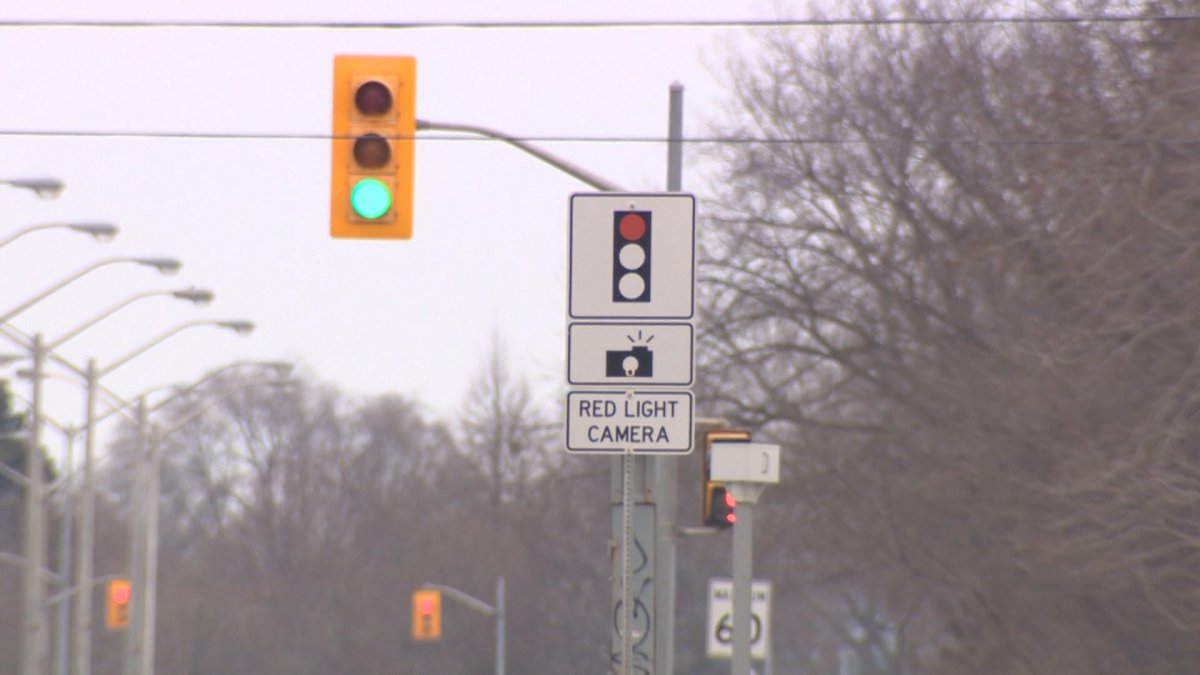You can’t have a cop on every corner, but the City of Kingston may do the next best thing based on the findings of a new report on red light cameras.

After several years of political debate and deferrals, councillors may be ready to greenlight the automated traffic enforcement program.
A staff recommendation to council Dec. 3 lays out the business and safety case for adopting red light cameras.
“Red light cameras allow the continuous enforcement of red light running and have been shown to reduce the incidence of motorists running red lights by at least 50 per cent,” according to a report by Sheila Kidd, commissioner of transportation and public works.
Collisions linked to drivers running red lights are often severe since they typically result in right-angle type collisions.
“Available collision statistics suggest that red light cameras can reduce the frequency of right-angle collisions by at least 25 per cent and often more,” stated Kidd’s report.
Support for red light cameras was also a key component of the city’s recently adopted Vision Zero program that aims to reduce accident and injury rates to zero on local streets.
Kingston police Chief Antje McNeely has also voiced support for red light cameras as a way to curb accident and injury rates.
But how the political vote unfolds remains uncertain.
“I’m sure it will be a lengthy and extended debate. I know there are councillors on both sides of this equation,” said Mayor Bryan Paterson.
The city estimates it would cost $3.1 million, or nearly $632,000 a year, to set up and maintain the five-year contracted program which wouldn’t start for at least another two years, if approved by council.
“The earliest opportunity to join the provincial red light camera program is in January of 2022 and the process required to initiate the program could take up to two years,” Kidd’s report said.
Council would need to endorse the program this year in order to have it implemented at the next available cycle in 2022.
The city is relying on cost and revenue estimates, and safety results, based on the experience and data collected from red light cameras currently used in eight other Ontario municipalities, including Toronto, Ottawa, York Region, Peel Region, Hamilton and London.
Under the program, Kingston would set up red light cameras at 10 still-unidentified accident-prone intersections, but the camera would only be focused on one approach at each intersection.
The camera takes pictures of the licence plate of a car that has crossed the white intersection stop line after the light has changed to red and mail the vehicle’s registered owner a provincial offences ticket with no impact on demerit points.
Police, fire, ambulances and other emergency vehicles responding to calls will also get a ticket if they do not stop at red lights before proceeding through an intersection.
The set fine for running a red light in Ontario is currently $325. Of that, the city collects $260 while the province gets $60 for a victim surcharge, plus $5 is set aside for court costs.
- Honda expected to announce Ontario EV battery plant, part of a $15B investment
- Trudeau says ‘good luck’ to Saskatchewan premier in carbon price spat
- Canadians more likely to eat food past best-before date. What are the risks?
- Hundreds mourn 16-year-old Halifax homicide victim: ‘The youth are feeling it’
Drivers will not get a ticket if:
- vehicles enter the intersection on a green or amber traffic signal
- vehicles stop slightly beyond the stop bar but do not continue through the intersection on a red light
- left-turning motorists complete their turn when the traffic signal is red as long as the vehicle enters the intersection on a green or amber traffic signal
- vehicles turning right-on-red provided the vehicle comes to a complete stop before the white stop bar prior to turning
- vehicles enter an intersection that is under the direct control of a police officer
- the white stop bar is covered by snow and not clearly visible in the photograph
Drivers have the option of fighting the ticket in court, but officials say it’s hard to argue against the camera.
“The success of RLC (red light camera) appeals is historically very low in Ontario, with the violations being upheld in other municipalities approximately 98 per cent of the time,” staff said.
City officials say there are financial risks to local taxpayers, but they expect the program to pay for itself.
They estimate each camera would only have to issue 0.7 tickets a day in order to cover all operations costs for the program.
They acknowledge that as drivers become educated to the program, there could be fewer tickets issued and less revenue collected during the five-year operational span.
“If the revenue from the red light camera program does not adequately cover the expenses, the city will be required to fund the difference.”
The annual cost of $632,000 includes $447,000 for camera hardware, installation and maintenance, $85,000 in violation processing fees, and $100,000 for local administration of the program.
Staff insist the program is based on safety not revenue.
They’re recommending that council put all red light ticket revenues in a special road safety reserve fund in order to avoid the appearance that it’s a cash cow for municipal coffers.
Two previous councils had shelved a decision on red light cameras in order to undertake road safety studies.








Comments